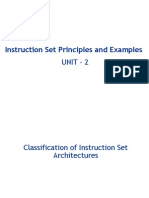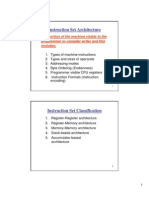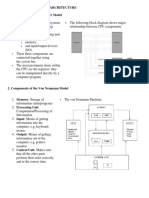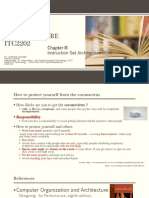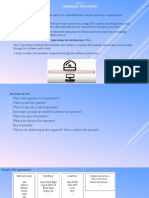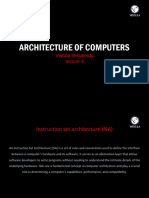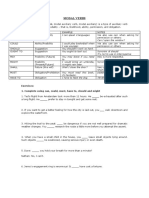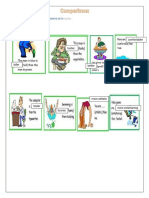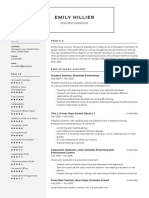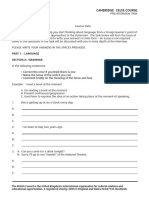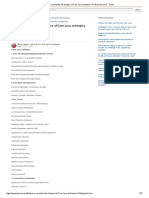0% found this document useful (0 votes)
23 views10 pagesComputer Architecture Notes
The document discusses the concepts of architecture and microarchitecture, focusing on Instruction Set Architecture (ISA) and its implementation in hardware. It covers the evolution of ISAs, various machine models, performance considerations, and the importance of pipelining in modern processors. Additionally, it addresses memory technology, cache design, and the challenges associated with optimizing performance and efficiency in computing systems.
Uploaded by
pramodhullur2003Copyright
© © All Rights Reserved
We take content rights seriously. If you suspect this is your content, claim it here.
Available Formats
Download as TXT, PDF, TXT or read online on Scribd
0% found this document useful (0 votes)
23 views10 pagesComputer Architecture Notes
The document discusses the concepts of architecture and microarchitecture, focusing on Instruction Set Architecture (ISA) and its implementation in hardware. It covers the evolution of ISAs, various machine models, performance considerations, and the importance of pipelining in modern processors. Additionally, it addresses memory technology, cache design, and the challenges associated with optimizing performance and efficiency in computing systems.
Uploaded by
pramodhullur2003Copyright
© © All Rights Reserved
We take content rights seriously. If you suspect this is your content, claim it here.
Available Formats
Download as TXT, PDF, TXT or read online on Scribd
/ 10




